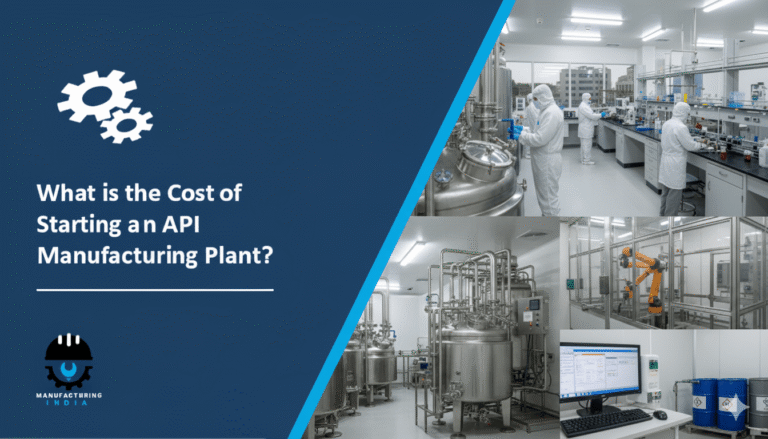
Tissue paper is one of the fastest-growing segments in the paper and hygiene industry. From facial tissues and napkins to toilet rolls and kitchen towels, tissue products are used daily in homes, offices, hotels, hospitals, and commercial establishments. With rising hygiene awareness, urbanization, and demand for eco-friendly paper products, starting a tissue paper manufacturing plant has become an attractive business opportunity for new entrepreneurs and manufacturers.
Step-by-Step Guide to Setup Tissue Paper Manufacturing Facility
This step-by-step guide explains everything you need to know—from planning and machinery to raw materials, quality control, and plant setup requirements.
Step 1: Conduct a Feasibility Study
Before establishing the plant, evaluate:
- Market demand in your region (households, hotels, restaurants, corporates, retail stores).
- Types of products you want to manufacture (toilet tissue, napkins, facial tissues, jumbo rolls, paper towels).
- Competition and pricing trends.
- Required capacity and production scale.
- Expected investment and profitability.
A feasibility study helps you assess long-term business potential and financial viability.
Step 2: Choose an Ideal Location and Plan the Layout
A tissue paper plant requires a well-designed layout for smooth material flow and machine operation.
What to consider when selecting a site:
- Good transportation access for raw materials and finished goods
- Availability of electricity and water
- Space for machinery, storage, and packaging
- Accessible labor supply
- Compliance with local industrial regulations
Plant layout should include:
- Raw material storage
- Production area (rewinding, embossing, cutting, folding)
- Packaging and finishing zone
- Quality control lab
- Warehouse for finished products
- Administrative office and utilities
Organizing the plant layout enhances efficiency, reduces handling time, and ensures safe operations.
Step 3: Procure Machinery and Equipment
The type of products you manufacture determines the machinery required. Tissue paper manufacturing can be fully automatic, semi-automatic, or manual depending on budget and capacity.
Common machinery includes:
- Jumbo roll rewinding machine
- Embossing and perforation units
- Napkin or facial tissue folding machines
- Toilet roll or kitchen towel cutting machines
- Core making machine (for rolls)
- Packaging machines (wrapping, sealing, or bundling)
- Air compressor, pumps, and material handling equipment
Choosing energy-efficient and user-friendly machines helps increase productivity and reduce operational costs.
Step 4: Understand the Tissue Manufacturing Process
The basic manufacturing process involves converting jumbo parent rolls (large tissue rolls) into smaller, usable products like napkins, facial tissues, and toilet rolls.
Process steps:
1. Raw Material Feeding
Large jumbo rolls are loaded onto the rewinding machine.
2. Rewinding and Embossing
The paper is unwound, embossed for softness, and perforated if required.
3. Cutting and Folding
The continuous sheet is cut into specific lengths and folded to create napkins or boxed tissues.
For toilet rolls or kitchen towels, the sheet is rerolled into smaller rolls.
4. Core Insertion
Cardboard cores are placed inside rolls for toilet tissue and kitchen towels.
5. Final Cutting & Shaping
Products are trimmed to required sizes and shapes.
6. Packaging
Wrapped in plastic, paper sleeves, or cartons depending on the product type.
This process is simple, efficient, and scalable, making it suitable for new manufacturers.
Step 5: Source Raw Materials
The primary raw material is tissue jumbo rolls, typically made from:
- Virgin pulp
- Recycled paper
- Bamboo pulp (eco-friendly option)
Other materials include:
- Plastic or paper packaging
- Cardboard for roll cores
- Adhesives
Consistent material quality ensures soft, strong, and high-absorbency tissue products.
Step 6: Implement Quality Control
Quality is crucial in hygiene-related products. Quality control includes:
- Checking softness, absorbency, and strength
- Ensuring proper perforation and embossing
- Verifying roll diameter, sheet length, and folding accuracy
- Inspecting packaging and labeling
- Maintaining cleanliness and hygiene during production
A small QC lab helps maintain standards and ensures customer trust.
Step 7: Ensure Regulatory Compliance
Tissue paper manufacturing involves simple compliance requirements such as:
- Business registration and local permits
- Environmental clearances (if using recycled paper)
- Safety measures for workers and machinery
- Packaging and labeling guidelines
Following regulations early prevents delays and ensures a smooth launch.
Step 8: Hire and Train Staff
You’ll need a mix of:
- Machine operators
- QC/QA staff
- Packaging workers
- Maintenance technicians
- Supervisors
- Administrative and logistics staff
Training ensures consistent product quality and safe operation of equipment.
Step 9: Estimate the Cost of Setting Up a Plant
The total cost depends on:
- Plant capacity (small, medium, or large)
- Type of machinery (manual, semi-automatic, automatic)
- Product portfolio (napkins, rolls, tissues)
- Raw material quality (virgin or recycled paper)
- Packaging standards
- Utilities (power, water, compressed air)
Major cost components include:
- Land & infrastructure
- Machinery & installation
- Raw materials & packaging supplies
- Labor & training
- Utilities & maintenance
- Quality control systems
- Working capital
A detailed cost estimate is essential for planning, budgeting, and securing financing.
Step 10: Start Production and Build Market Presence
Once the setup is complete, begin trial production and fine-tune your operations.
Market your products through:
- Retail distributors
- Wholesalers
- Hotels, restaurants, and corporate buyers
- Online marketplaces
- Institutional supply contracts
Strong branding, packaging, and quality build customer loyalty.
Starting a tissue paper manufacturing plant is a rewarding business opportunity driven by high demand and a wide range of applications. With the right location, machinery, raw materials, and quality systems, you can build a scalable and profitable enterprise.
Success in this industry depends on operational efficiency, product quality, and strong distributor relationships.



